Get ready for Halloween with some Creepy Critters. They are laboring all around us with some fascinating methods to prepare their meals and feed their young. Most are harmless to humans, beneficial for the environment, but deadly for their prey.
Watch Creepy Critters in action doing extraordinary feats
Spiders
Spiders are everywhere in Missouri in every type of habitat. They are among the top 10 most diverse populations on the planet. All spiders have silk glands, yet not all use them to spin webs. The silk per equal weight, is stronger and tough than steel. Ballooning spiders use their silk to parachute into new territories along wind currents.
The silk spinners in their abdomens, among other features classify spiders as arachnids, like mites and ticks, rather than insects. They generally have eight legs, no antenna, two-piece bodies, and a different mouth structure and digestive juices. Most spiders have eight eyes with a main set for image and secondary set for light and shadow. Despite so many eyes, they are nearsighted and can’t see far in the distance. For many, their webs attract and capture food close to home.
Fear of spiders is the third most common phobia in the U.S. Yet, they play a vital role in our ecosystem and provide benefits, especially to farmers and gardeners. They eat more insects than birds and bats combined. Their sheer numbers and eating habits consume several insect pests, reducing agricultural damage and the spread of disease. Most spiders are harmless to humans and avoid us. Discover more about spiders and how to protect against brown recluse and black widow spiders.
Paralyzing Wasps
There are wasps out there that sting their prey with paralyzing precision, immobilizing their food source. They will then carry or fly their sourced nutrients, often larger and heavier, back to prepared places for their young.
Prionyx Wasp: This digger wasp known as a Grasshopper hunter, digs burrows for young, stings and ferries the paralyzed but living grasshoppers inside, lays an egg on top, and seals the chamber. When the egg hatches, the larva will eat the still living grasshopper and pupate in the burrow. These wasps pollinate flowers, aerate soil, and leave humans alone, so they are helpful in the garden. Just not good news for grasshoppers.
Cicada Killers: They are also relatively harmless to humans. Males cannot sting. Females have powerful stingers to numb cicadas. They will drag and/or fly their paralyzed prey back to nest tunnels dug in lawns and fields. Their larvae will feed on a stocked, immobile, and living supply. Adult Cicada Killers feed on nectar.
Giant Ichneumon Wasp: Also harmless to humans, Giant Ichneumon Wasps are parasitic and seek out a specific host, pigeon horntails for fresh eats for their young. They use their antennae to locate their host inside decaying wood. Then they insert long ovipositors into the wood and lay eggs on the host which paralyzes at the same time. The larvae will devour its host from the inside. This process is seldom seen, but is a long one, so if you know where and when to look, you may witness the event and have time to snap a picture of this natural horror show.
Opportunists
The Carolina Mantis: This praying mantis is well camouflaged and hard to see in nature. It stalks in a prayer like pose with fore legs folded. When insects get close, these legs lash out, grabbing and holding prey for feeding. In fall, 50 or more eggs are laid in a frothy mass that hardens and protects them through the winter until spring hatching. They can be cannibalistic with females sometimes consuming their partners. Carolina Mantids consume insect pests. They will also consume pollinators like bees and butterflies.
Dung Beetles: Dung Beetles are true to their name and live lives immersed in feces. They feast on the manure of herbivores like cows and the occasional carnivore. Dung beetles may be rollers, tunnelers, or dwellers. Rollers roll a dung ball up to 50 times their weight back for adults to feed and females to lay eggs on for future feeding. They have strong front legs and spurs on back legs to help hauling.
Tunnelers dig down into a dung pile burying part of it and dwellers lay eggs on top and raise their young. Dung beetles recycle nutrients and are found on every continent except Antarctica. It’s a dirty job, and dung beetles do it en masse.
Discover Nature Notes Radio: Creepy Critters
Look around for smaller happenings in nature while outdoors in Missouri and have a safe and Happy Halloween!
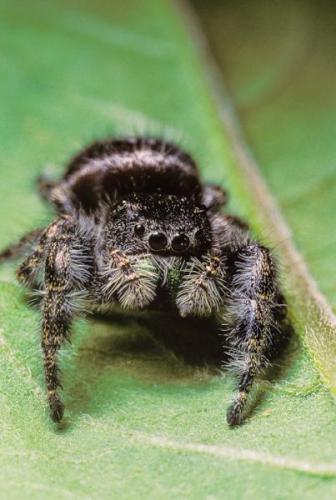
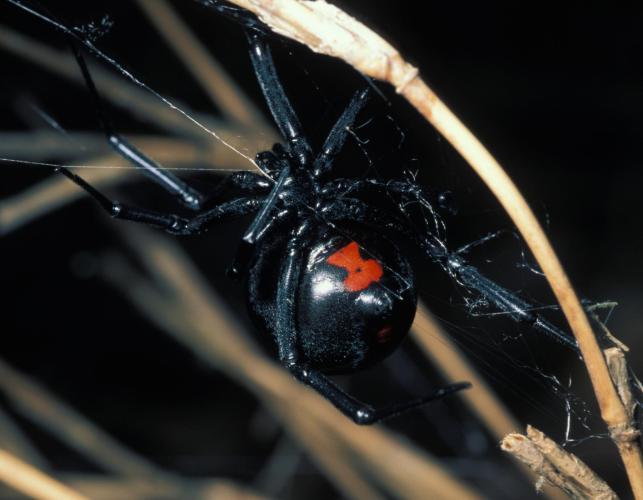
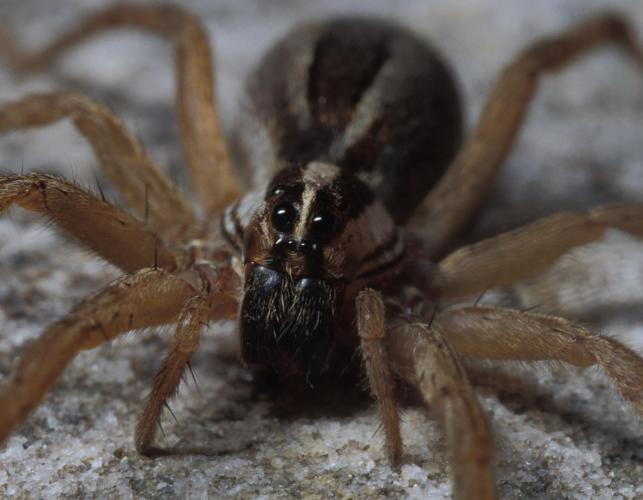
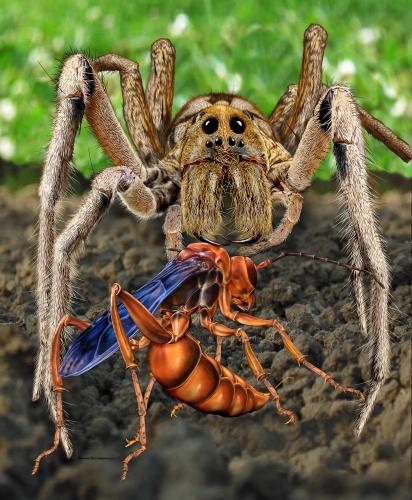
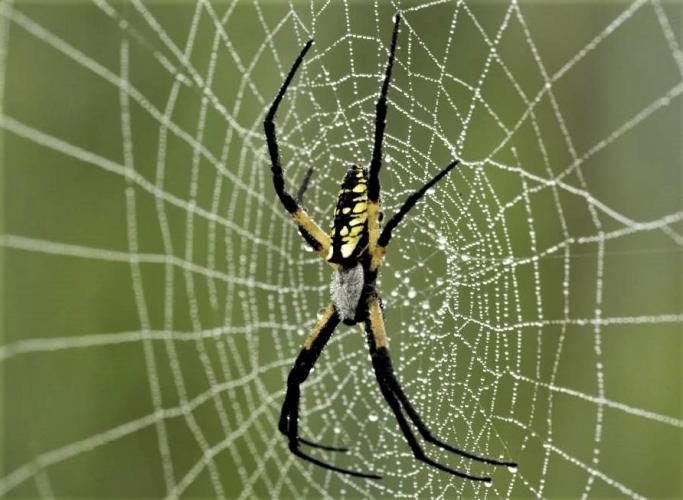
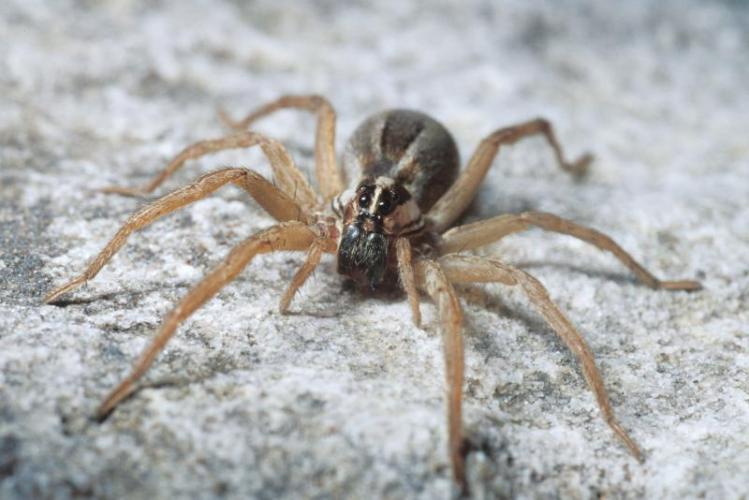

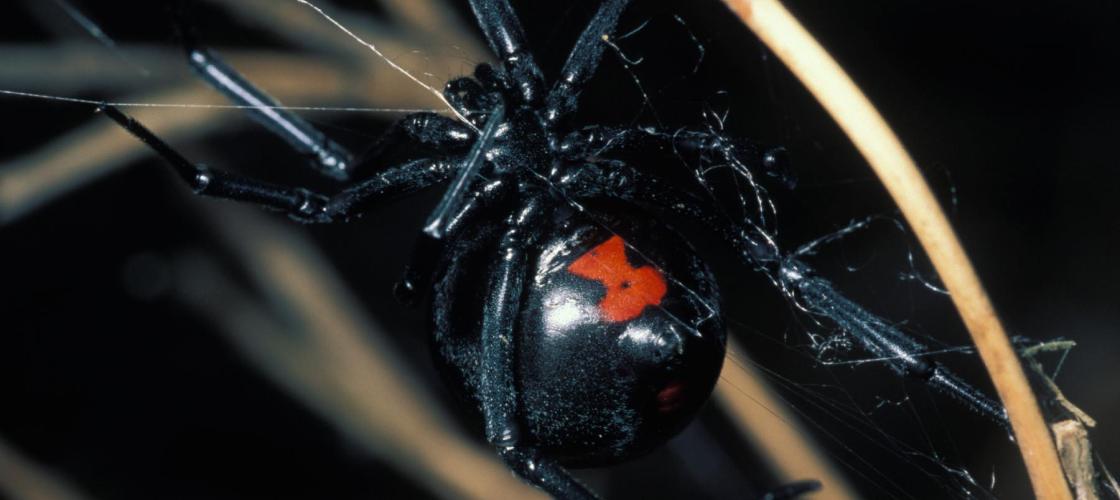
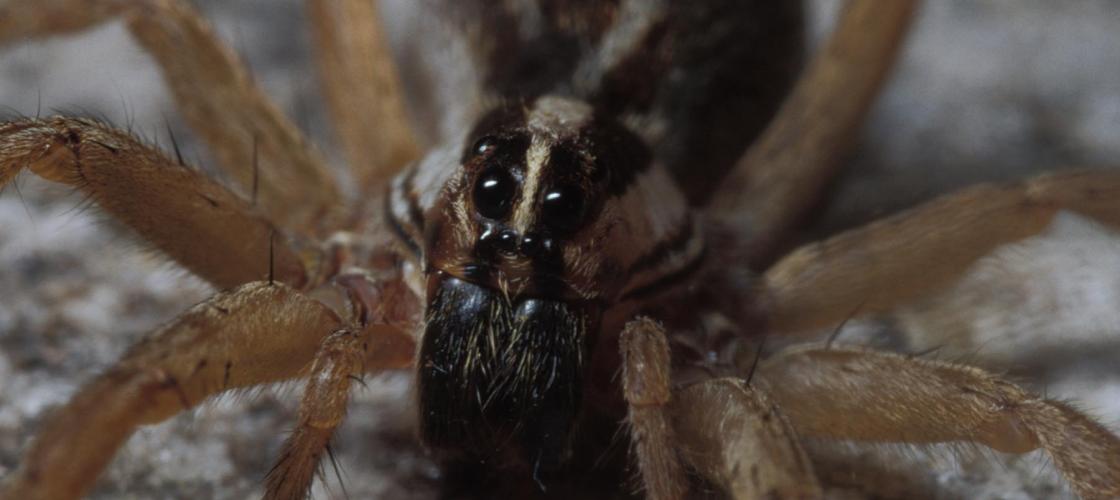
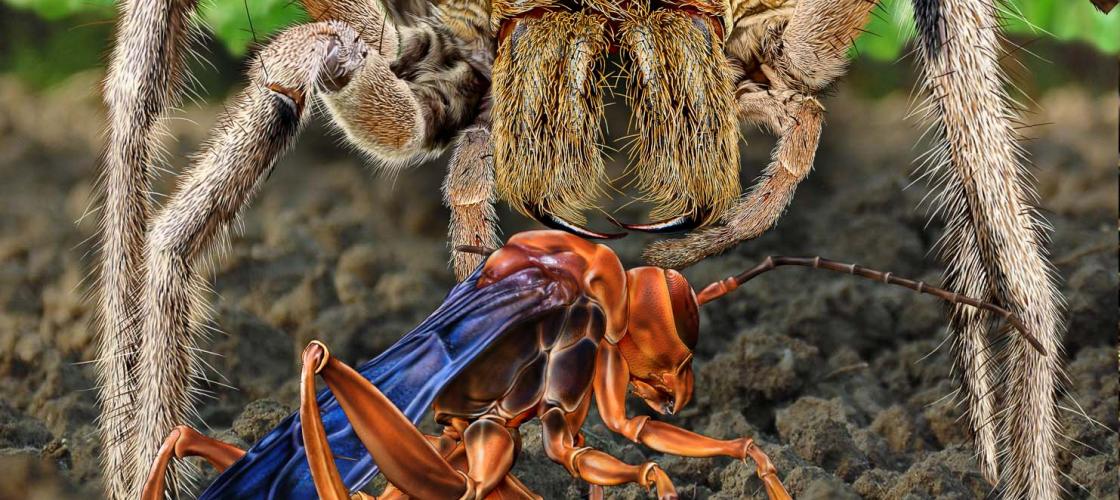

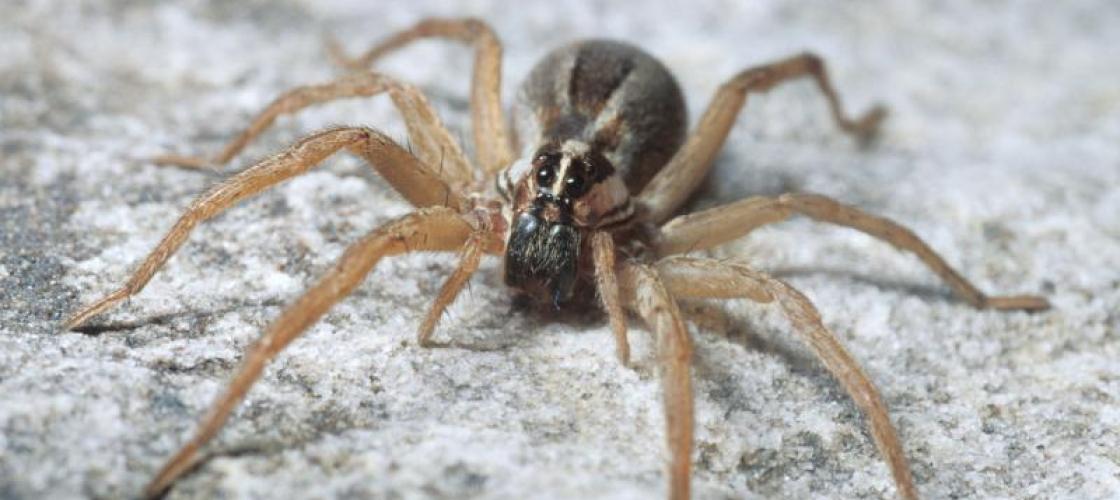
Recent Posts
























